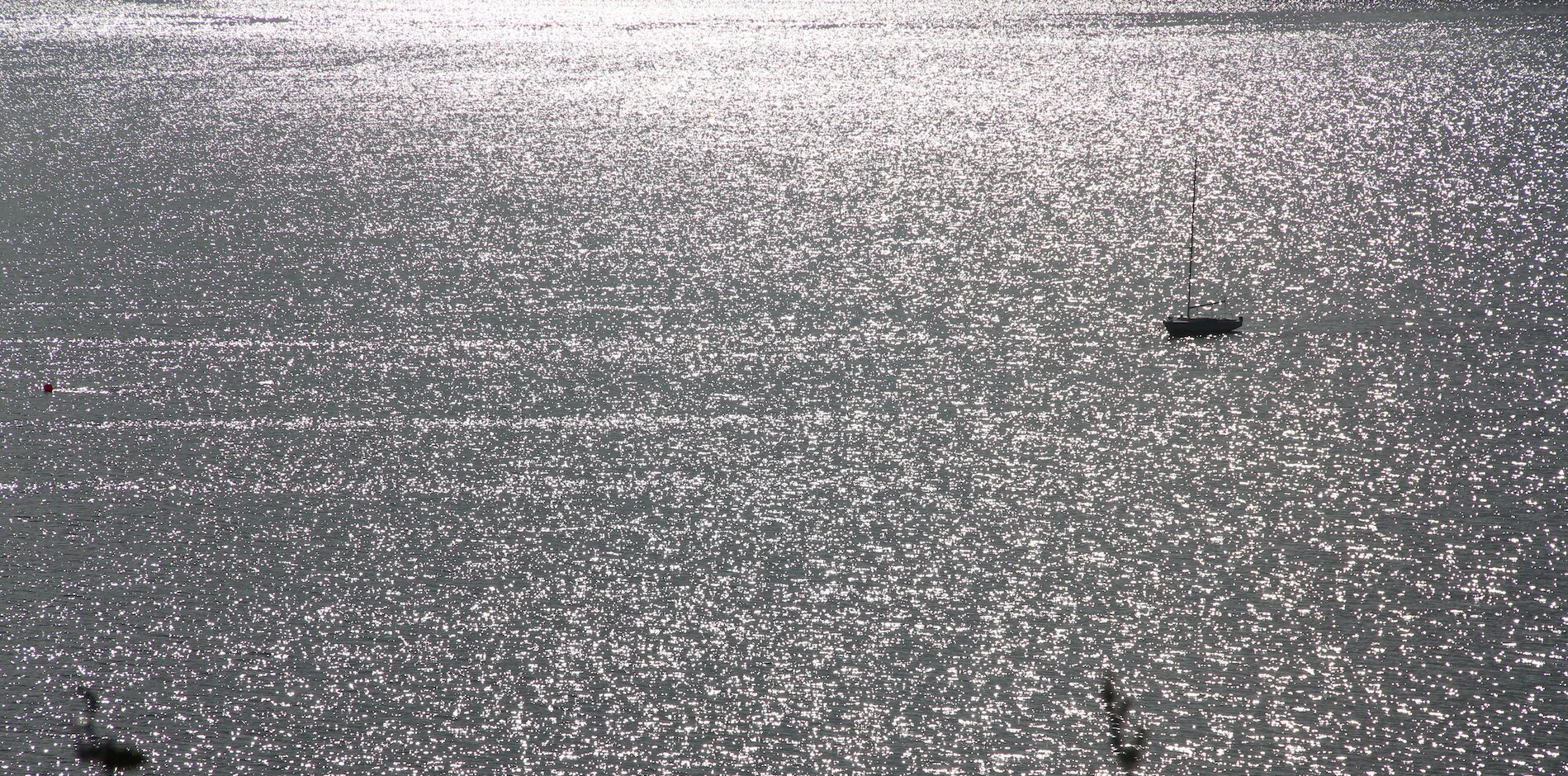AN OCEAN CROSSING INSPIRES US TO BE PLASTIC FREE
A decade ago I sailed a small wooden sailboat from San Francisco to Kauai with three friends. It was an unforgettable voyage. Nineteen days of constant wind-powered motion got us from here to there, and traversing that massive open ocean for so long helped me to cultivate an intimate and overwhelming connection to the planet.
There were absolutely no distractions out in the middle of the Pacific Ocean: no cell phones, no television, very few books, and the ever-present weather kept us on high alert to the constantly changing conditions of the sea. Nighttime was nothing but starlight and wind, and as each evening progressed it often felt as if we were on a slow-moving spaceship floating through a sea of stars.
About a week into our trip, I began to notice the plastic. At first my eyes didn't truly register it because I wasn't expecting it: small chunks of broken-down plastic floating everywhere, as if I were surrounded by millions of tiny insects. But then I began to take note, and larger pieces of plastic junk began to materialize out of the mist of small plastics: part of a lawn chair, a wheel broken from a long-lost toy, the cap to a tube of toothpaste, half of an old hairbrush.
All of this floating in the ocean, thousands of miles from human civilization. For days on end the plastic did not stop. We were sailing through a quiet sea of plastic. Since that unforgettable sailing trip 12 years ago, humanity’s global plastic consumption has increased dramatically. In 2015, the world created 448 million tons of plastic — more than twice as much plastic as what was manufactured in 1998.
When we started dreaming up the Marlin Ray Surf Poncho, we decided to challenge the conventional apparel supply chain by removing all plastic. Personally, as a surfer, sailor, and ocean lover I did not want to be responsible for creating any more plastic. Enough was enough. Achieving this is much harder than we ever imagined.
Plastic products are deeply embedded in all production. Retailers require that products are protected with plastic in transit, in addition to being individually packaged in plastic so that it can go directly from the warehouse to the consumer. Millions of one-time use plastic tag fasteners and care labels are attached to garments. This status quo of plastics makes it challenging to find vendors that are producing non-plastic alternatives.
Through months of research, we were able to remove nearly all plastic from our supply chain. We are proud to be a nearly plastic free company and we are even prouder to not stop these efforts until we’ve eradicated all plastics from our supply chain. This means we don’t use plastic bags for shipping. No plastic tags. No plastic tag hangers. No plastic shipping envelopes. No plastic shipping tape on boxes and none used to seal your order. We've found great alternatives for all of this. We are not yet entirely plastic free but we promise full transparency of our supply chain. Here is a list of the plastic we currently cannot avoid:
- Polyester thread for strength. We have found a source for cotton thread that is strong enough and we are working to integrate this into our product ASAP.
- Boxes of bulk product shipped from our factory are lined with reused plastic.
- Plastic backing of some adhesive shipping labels.
- Plastic shipping tape on some boxes sent in bulk to and from our factory.
We are committed to further reducing our plastic consumption this year and beyond, until we achieve zero plastic. We are committed to being a part of our civilization’s move out of its current Age of Plastics. Are you with us?
* This article was originally published in 2017 at MarlinRay.com for the launch of Marlin Ray’s beach goods.
